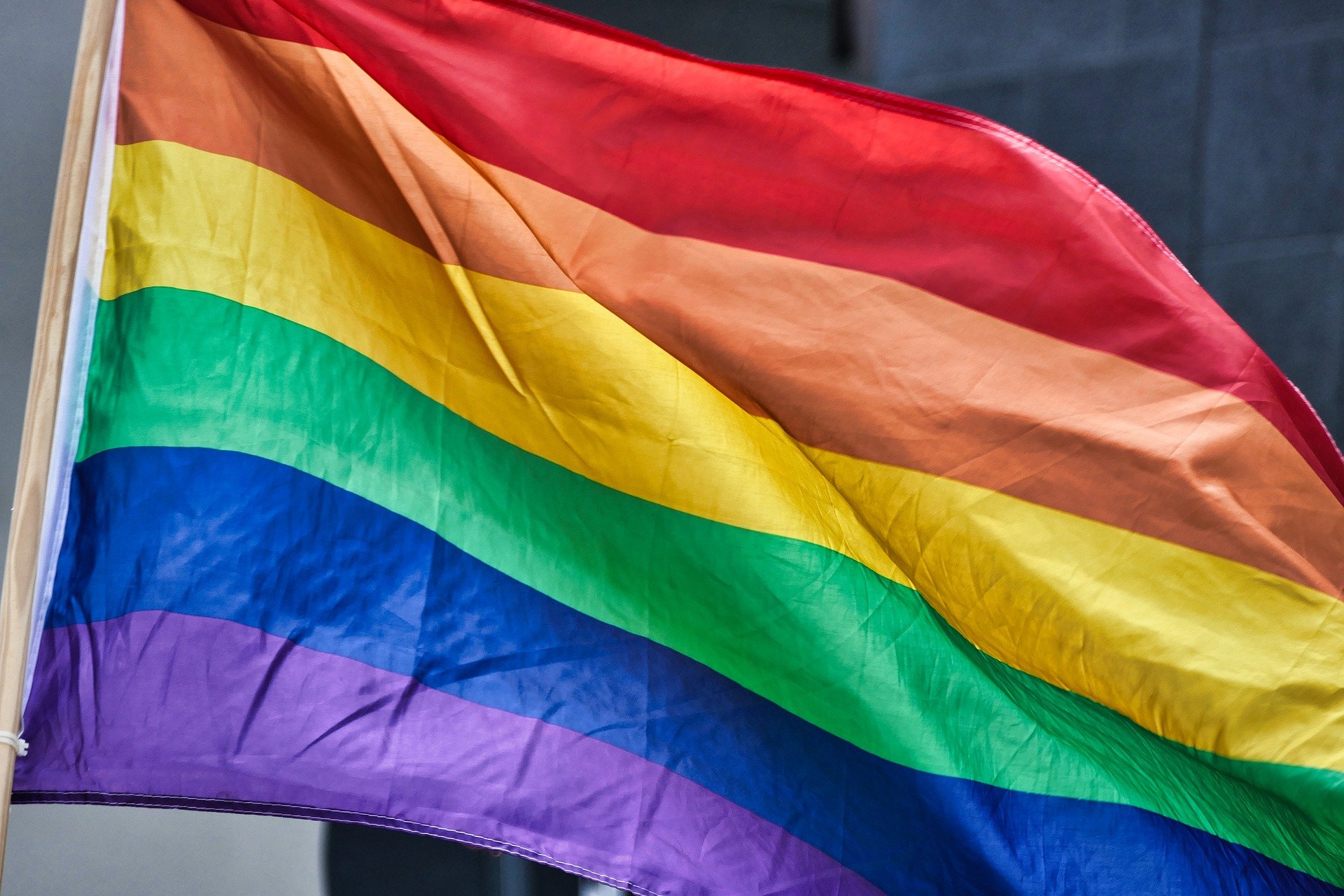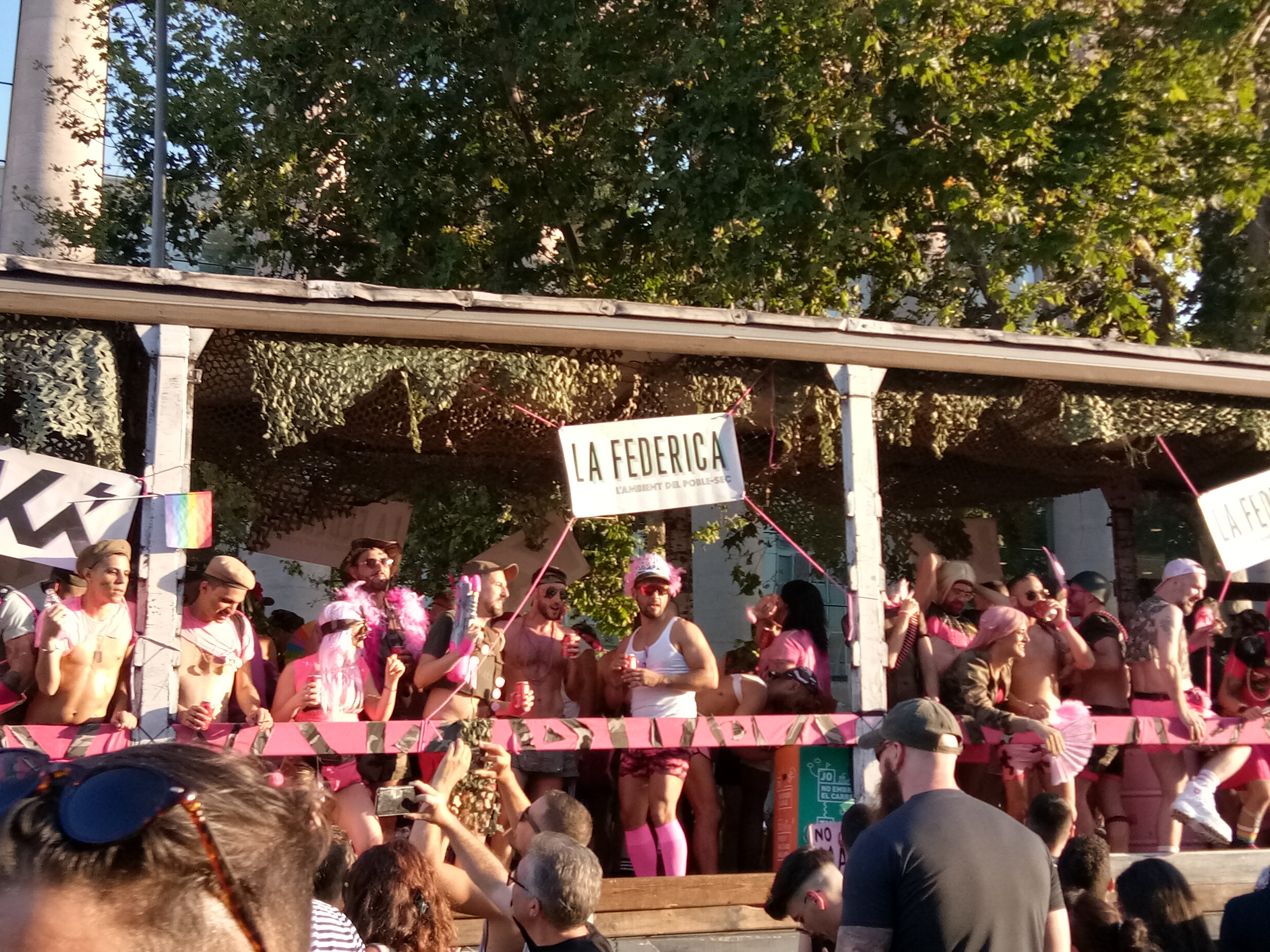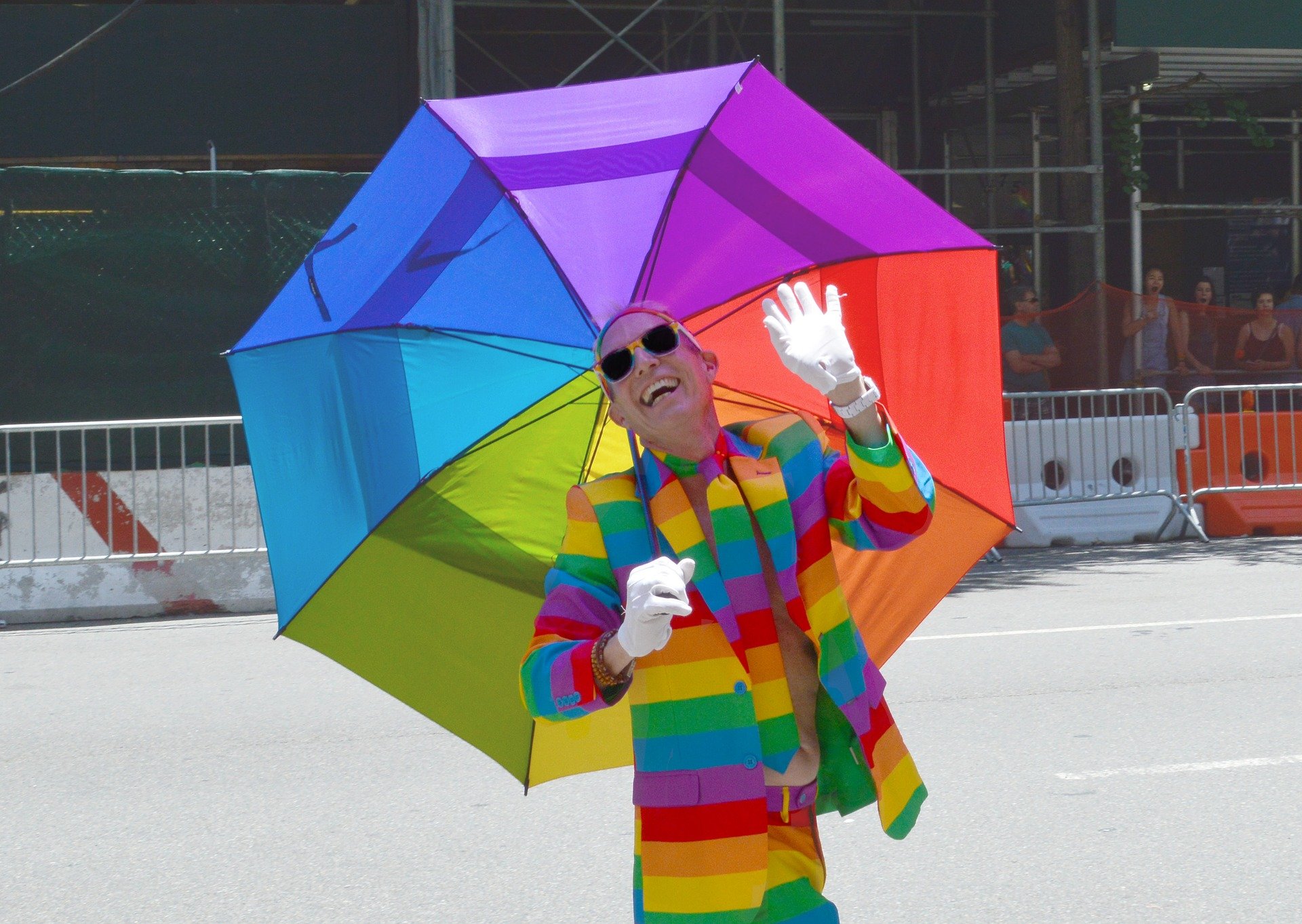LGBT initialism and vocabulary: how is it changing throughout the world?
LGBTQIA+ is the initialism (each letter is pronounced separately, unlike acronyms, which are pronounced as single word, like NATO and UNICEF) that represents the community of people who are cisgender, non-conforming and non-heterosexual. In the last few years, LGBT has evolved to include people who identify as queer, intersexual, asexual, and more.

Photo via Pixabay
As language enthusiasts, the evolution of the LGBTQIA+ initialism is an interesting one, especially as many languages use gender to denote certain words and expressions. In this article, we examine the development of the LGBT movement, how some popular languages traditionally use gender and how the initialism is creating changes in how we communicate around the world.
History of LGBT
Back in the 1980s, the LGB initialism started to be used to replace the word “gay” when referring to homosexual and bisexual communities: L for lesbian, G for gay and B for bisexual. The “T”, which stands for transgender, was adopted into the initialism in the 1990s and has been a part of it ever since. While the first three letters stand for some kind of sexual orientation, transgender is related to gender identity and expression.
Q, I and more
More recently, the letter Q (which stands for queer) has been added to the initialism. Formerly a derogatory term, queer refers to any person who is non-cisgender (that is, they don’t identify with their biological sex) and non-heterosexual. It also stands for “questioning”, to define those who are still exploring their own sexual orientation and gender identity.
Meanwhile, I stands for “intersex”, a word that describes people who were born with reproductive organs that do not fit the typical definitions of male or female, and A represents “asexual” (a lack of desire for sexual activity). Many other communities exist, including “ally” and “pansexual”, so a + is often used to include them without over encumbering the initialism.
Today, LGBTQIA+ is the common umbrella term used to discuss themes related to the queer community. However, some only use LGBT or LGBT+ for the sake of convenience, while others expand the initialism to include ever community as its own independent entity (e.g. LGBTQQIAAP).
The movement towards neutralizing the English language
Today, many groups and organisations are advocating for the use of gender-neutral language instead of masculine and feminine grammatical gender only. This includes:
- The use of singular they to avoid unnecessary gender differentiation: instead of saying he/him and she/her, it is increasingly acceptable to use they/them – e.g. “Your teacher will be sending some homework over the weekend, so be on the alert and ask them all the questions you need”.
- Replacing “men” for more general nouns: in the past, it was very common to use the word “men” as a mass noun to describe a group of men or men and women, e.g. “businessmen”. Today, there are more neutral alternatives, such as people (so, “businessmen” is now “businesspeople”; “policemen” is now “police officers”).
- Excluding gender-exclusive pronouns in favour of “they/them”: many non-binary and gender non-conforming LGBT people prefer to refer to themselves as them/they, rather than he/him or she/her.
What about other languages?
How is gender used in other languages and is the initialism and its movement different in any way?
Spanish

Spanish uses similar words, and thus, a similar initialism (LGBT), as English to represent the communities in question (Lesbiana, Gay, Bisexual, Transexual).
Traditionally, Spanish words have a masculine (e.g. el chico) or feminine gender (e.g. la chica). Plus, like English, Spanish uses masculine words when referring to groups that encompass women, too, as in the case of “everyone” (todos) or “teachers” (maestros).
However, there are many who feel gendered words are sexist, exclusive and outdated. Today, there’s a movement throughout Latin America that advocates for a gender-neutral language.
One way that gender non-conforming people, feminist groups and the LGBT community in general are attempting to alter the Spanish language is to encourage the use of the letter “e”, “x” or “@” to replace the gender stem of words. For example, instead of saying “políticos”, people will write “políticxs” or “polític@s” or say “polítiques”.
Italian
As a sister language of Spanish, it should come as no surprise that the initialism is often referred in a similar manner. The language uses LGBT to refer to the queer community, as the words in Italian have the same letters (Lesbia, Gay, Bissesual, Trans).
And like Spanish also, Italian has masculine and feminine grammatical genders, so opponents to this advocate for the use of “e” in word endings to neutralize the language. So, “maestros” would turn into “maestres” when women are included in the group of teachers.
German
Even though some of the words used in the initialism are different from the English terms (for example, “gay” is “Schwül” in German), it is still widely referred to as LGBT in Germany.
Traditionally, German is another gendered language, but since 2014 there has existed a movement that encourages the use of the gender star, or asterisk, in masculine words, though few use it in practice.
French

Photo via Pixabay
Like the other Romance languages on this list, French uses the LGBT initialism, only each letter is said as they are pronounced in the French language alphabet (el, gé, bé, té).
To voice their objection against gendered language, some among the LGBT community created a new pronoun (iel- iels) to make French more inclusive. Instead of le (masculine) or la (feminine) ministre, they would say iel ministre.
Thus, the LGBT initialism and the use of gender-neutral language are constantly growing around the world to become more inclusive of people of all gender identities and sexual orientations. It is interesting to see how a global movement to make others feel more accepted is impacting our languages, and invites us to reflect on how languages are used, how they make the people who speak them feel and whether gender-neutral language should be embraced.
